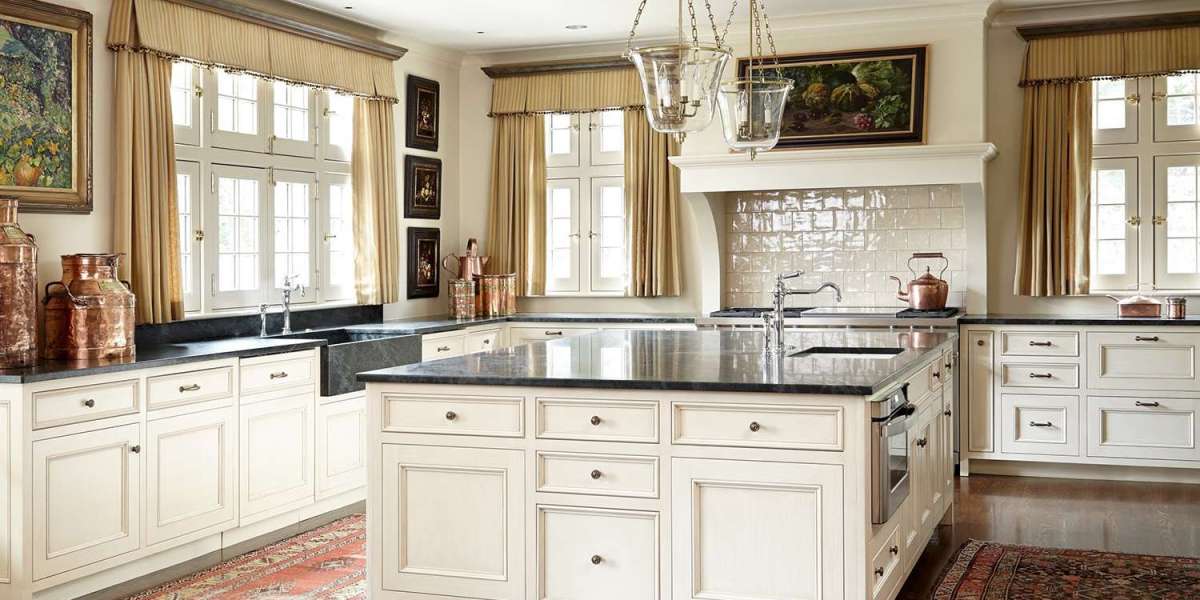I. Understanding Cabinet Design
When it comes to cabinet design, there are various factors to consider, including style, materials, and layout. Here's a breakdown:
Style: Cabinets come in a myriad of styles, from traditional to modern, each offering its own unique look and feel. Popular styles include Shaker, flat-panel, raised-panel, and inset. Consider the overall aesthetic of your home and choose a style that complements it seamlessly.
Materials: Cabinets can be made from a variety of materials, including wood, MDF (medium-density fiberboard), laminate, and metal. Wood remains a popular choice due to its durability and timeless appeal, but modern alternatives like laminate offer affordability and easy maintenance.
Layout: The layout of your cabinets should be both functional and efficient. Consider factors such as workflow, storage needs, and the available space. Common layouts include U-shaped, L-shaped, galley, and single-wall kitchens.
II. Cabinet Installation
Proper installation is key to ensuring that your cabinets not only look great but also function optimally. Here's a step-by-step guide to cabinet installation:
Preparation: Before installation, ensure that the walls are clean, level, and free from any obstructions. Measure and mark the layout of the cabinets on the wall, taking into account appliances, outlets, and plumbing fixtures.
Assembling Cabinets: If your cabinets come unassembled, follow the manufacturer's instructions to put them together. Make sure all components are securely fastened and aligned correctly.
Hanging Cabinets: Start with the upper cabinets first. Use a stud finder to locate and mark the wall studs, then attach a ledger board to support the weight of the cabinets during installation. Carefully lift each cabinet into place and secure them to the wall studs using screws.
Installing Base Cabinets: Once the upper cabinets are in place, install the base cabinets. Use shims to ensure they are level and plumb, then anchor them to the wall and each other.
Adjustments: After all the cabinets are installed, make any necessary adjustments to ensure they are aligned properly and doors open and close smoothly.
III. Cabinet Repair
Over time, cabinet repair may require repairs due to wear and tear or accidental damage. Here are some common issues and how to address them:
Loose or Misaligned Doors: If cabinet doors are loose or out of alignment, tighten the hinges with a screwdriver. You may need to adjust the hinges to ensure the doors sit flush against the cabinet frame.
Sticky Drawers or Doors: Sticky drawers or doors can be caused by dirt or debris buildup along the tracks or hinges. Clean the tracks and hinges thoroughly with a damp cloth and lubricate them with silicone spray or WD-40.
Water Damage: Water damage can cause cabinets to warp or discolor. If you notice water stains or swelling, assess the extent of the damage. Minor issues can often be addressed by sanding and refinishing the affected area, while more severe damage may require replacing the damaged components.
Broken Hardware: Replace any broken or damaged hardware, such as knobs, handles, or hinges, to ensure smooth operation and maintain the aesthetic appeal of your cabinets.
IV. Conclusion
Cabinet painting, installation, and repair are essential aspects of home improvement projects. By understanding the principles of good design, following proper installation techniques, and addressing any repair issues promptly, you can ensure that your cabinets not only enhance the functionality of your space but also add to its beauty and value. Whether you're embarking on a major renovation or simply sprucing up your home, investing in quality cabinets and expert craftsmanship will pay off in the long run.








